Ask The Best And Brightest: Whither The Six Cylinder?
Detroit’s auto critics are a funny bunch. For decades they’ve been mocking the idea that Americans could ever love Europe’s small, underpowered, overpriced cars, as Detroit gorged itself on SUV profits. Now that Ford and GM have announced they’re bringing small cars like the Fiesta and Spark to the US, you’re starting to see the pendulum swing twice as hard in the opposite direction. “Yes, there will be a couple of mega-powerful V-8 asphalt eaters at the Detroit show, including the 2011 Cadillac CTS-V Coupe and the 2011 Ford Mustang GT 5.0,” writes Scott Burgess in a Detroit News piece entitled “ V-6 engines begin long fade into history.” “But, it turns out, destiny has determined that the meek four-banger will inherit the earth.” Burgess’s theory follows Ford’s Ecoboost playbook fairly closely: thanks to direct injection and turbocharging, smaller engines can produce more power. And when you consider that electric hybrids can restore some of the lost poke of a large-displacement engine, the prediction seems all the more likely. Eventually. But just because the new Sonata and Regal aren’t being offered with a V6, doesn’t mean the six-banger is ready for automotive Valhalla just yet. Even Burgess admits that “it may take 10 years or even more.” When do you, TTAC’s Best and Brightest, reckon the six-cylinder option on cars like the Camry, Altima or Impala will fall by the wayside? When will we see the death of the six-cylinder popular sportscar alá the Nissan Z?
Oh, and Burgess? Can we please stop calling all six-cylinder engines “V-6” now? It confuses the civilians, and everyone’s sick of correcting people when they say their car has a “V-4” even though it’s clearly not a classic Ford Taunus (etc).
Thanks, The Management
More by Edward Niedermeyer
Latest Car Reviews
Read moreLatest Product Reviews
Read moreRecent Comments
- THX1136 What happened to the other companies that were going to build charging stations? Maybe I'm not remembering clearly OR maybe the money the government gave them hasn't been applied to building some at this point. Sincere question/no snark.
- VoGhost ChatGPT, Review the following article from Automotive News: and create an 800 word essay summarizing the content. Then re-write the essay from the perspective of an ExxonMobil public relations executive looking to encourage the use of petroleum. Ensure the essay has biases that reinforce the views of my audience of elderly white Trump-loving Americans with minimal education. Then write a headline for the essay that will anger this audience and encourage them to read the article and add their own thoughts in the comments. Then use the publish routine to publish the essay under “news blog” using Matt Posky listing the author to completely subvert the purpose of The Truth About Cars.
- VoGhost Your source is a Posky editorial? Yikes.
- Fed65767768 Nice find. Had one in the early-80s; loved it but rust got to it big time.Still can't wrap my head around $22.5K for this with 106,000 km and sundry issues.Reluctant (but easy) CP.
- El scotto err not be an EV but to own an EV; too much training this week along the likes of what kind of tree would be if you were a tree? Sorry. Bring back the edit function.

















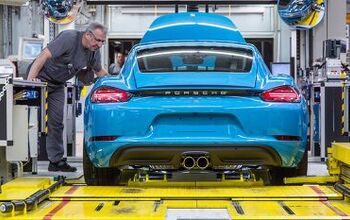

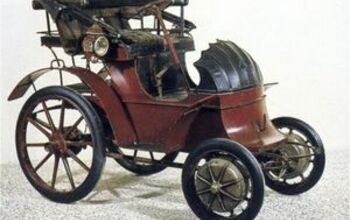
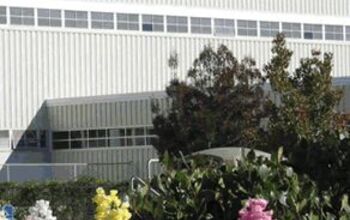
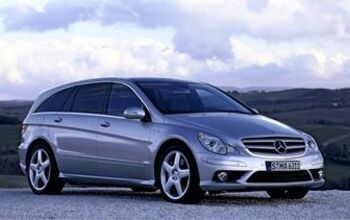

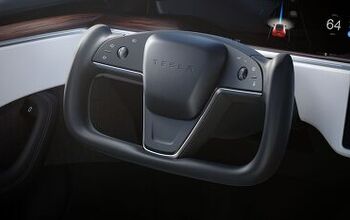
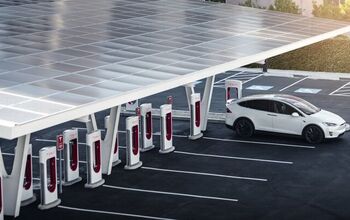
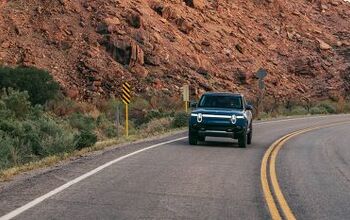

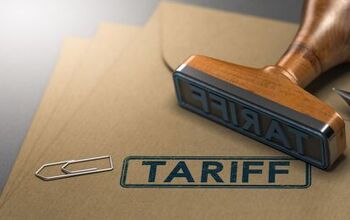
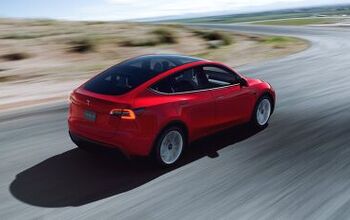

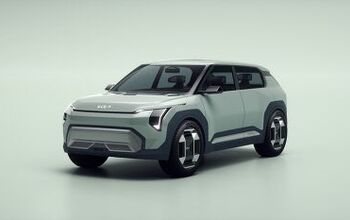
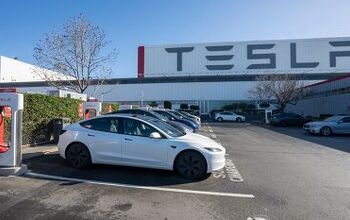
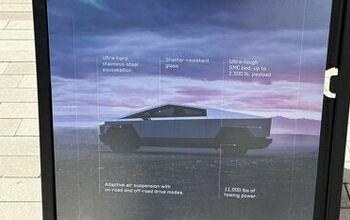
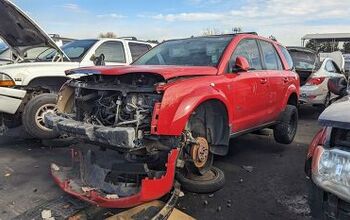
Comments
Join the conversation
Turbocharged D.F.I V6s are the New V8s... but a Turbo+Supercharged I4 with DFI, VVT, should be what all manufacturers aim at in the near internal combustive future.
Having owned a 250-hp turbo'ed 4 (in a Saab) for 8 years, I can certainly say that, in transverse-mounted FWD applications, a 4 will get the job done for any reasonably-sized car. And the auto tranny in the Saab coupled with the engine management software means that about 85% of the time, you don't catch the turbo napping. In fact, when we shopped that car in '02, we test-drove the light-pressure turbo 200 hp 3-liter V-6, which drove inferior to the base model 185 hp turbo 4. That said, the Saab engine (which has a balance shaft) is pretty rough and gruff over 5,000 rpm. The fact is, however, that you never spend any time in that rpm range with that engine, and even at supra-legal (but sane) US highway cruising speeds, engine rpms are less than 2500, and abundant torque is available very quickly. I was fortunate enough to own for 10 years a car with the best V-6 ever, the 3 liter Yamaha SHO engine. The SHO was rated at less output than the Saab 4 and loved (needed) to rev. To be sure, it was smoother than the Saab 4, but the need to spool up to hit the power and torque, somewhat negated that advantage. In a RWD car, I don't see much of an argument for a V-6. The 3-liter BMW I-6 (which I now own in a Z3) is leagues ahead of either engine in smoothness and power delivery. Obviously, a transverse-mounted 3 liter I-6 has packaging problems. I think FWD (and AWD) has been greatly oversold, for mid-size and larger cars. And, as others have pointed out (and the Saab demonstrates vigorously, the SHO less so) torque steer is a significant issue with high power FWD applications (which is why Audi developed the "Quattro" AWD system in the first place. With traction and stability control systems being ubiquitous, the "advantages" of FWD in low-traction situations fade. So, I could imagine a future with 4-cylinder engines for FWD applications (with some sort of forced induction) and I-6 engines for RWD applications, with or without forced induction. As BWM's 300 hp, 3 liter twin-turbo'ed 6 demonstrates, it seems to me that the big V-8 is more questionable, except in supercars. In the historical curiousity department, recall that Porsche developed a 3-liter 4 cylinder engine for the RWD 944 car, later adding a multivalve head and ultimately a turbo, IIRC. That engine had a balance shaft. Never drove that car, but don't recall complaints about significant roughness, etc.